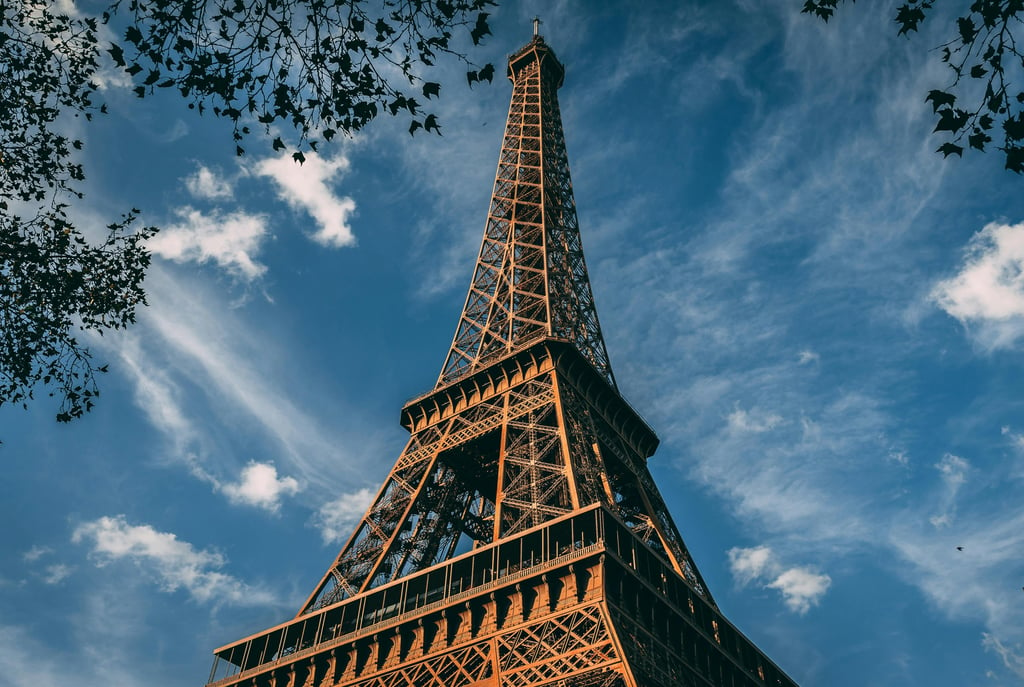The Many Colors of the Eiffel Tower — And Its Bold New Look for 2026


A Colorful History
Gustave Eiffel’s tower hasn’t always looked like the warm brown structure we’re used to today. In fact, it’s been repainted roughly every 7 years, not just for beauty, but to protect the iron from rust and pollution. Here’s a brief timeline of the colors the tower has worn:
1887 (Construction): It began with a coat of Venetian red, applied in the workshops before assembly.
1889 (Inauguration): The tower appeared in a red-brown color to match the industrial aesthetic of the era.
1892: Switched to ochre-brown, giving it a more muted, natural tone.
1899: The most experimental look yet—a five-tone gradient from dark orange at the base to pale yellow at the top.
1907–1947: The tower sported a classic yellow-brown, under Eiffel’s own direction.
1954–1961: Changed to a brownish-red, reflecting mid-century trends.
1968–Present (until 2026): The current “Eiffel Tower Brown,” a custom-made bronze tone applied in three shades from bottom to top, designed to match the Paris skyline.
Coming in 2026: A Return to Yellow-Brown
As part of its 20th official repainting, the Eiffel Tower is being coated in the yellow-brown hue it wore back in 1907. This warmer, more golden color was chosen to coincide with the tower’s role as a centerpiece during the 2024 Paris Olympics and as a nod to Gustave Eiffel’s own preferences.
This isn't just a cosmetic update—this is the first time since 1968 that the tower’s color has been changed. The brighter tone is expected to give the Iron Lady a fresh glow while honoring her Belle Époque heritage.
Why the Eiffel Tower Needs Regular Painting
The Eiffel Tower is made of puddled iron, which is highly susceptible to rust. Left unprotected, the structure would corrode and weaken over time. That’s why every 7 to 10 years, the tower undergoes a massive repainting process—by hand.
Yes, every inch of the 300-meter-tall monument is stripped, treated, and repainted manually. The process includes:
Stripping old layers of paint (up to 19 coats can accumulate!)
Treating areas vulnerable to corrosion
Applying three layers of fresh paint by hand, using brushes
This meticulous approach ensures the tower remains structurally sound and beautiful for generations to come.
The Cost of Maintaining an Icon
Keeping the Eiffel Tower in pristine condition isn’t cheap. The current repainting project is expected to cost around 60 million euros (roughly $65 million USD). That includes not only labor and materials but also safety precautions, scaffolding, and environmental protections—especially when stripping off lead-based paint from earlier years.
And that’s just one part of the ongoing maintenance. The Eiffel Tower is constantly being inspected, cleaned, and upgraded to meet safety and environmental standards, especially with the increasing number of annual visitors (around 7 million pre-pandemic).
A Tower That Reflects Its Times
The color of the Eiffel Tower has always been more than just a matter of paint—it reflects the spirit of its time. From industrial red to Art Nouveau gold, and now back to yellow-brown, each shade tells a story about the city and the people who admire it.
By 2026, the Eiffel Tower will once again shine in a golden hue, bridging the past with the present. Whether you're seeing it for the first time or the fiftieth, the Iron Lady continues to reinvent herself—gracefully, and always in style.
Planning to see the new golden Eiffel Tower?
Don’t forget to check restoration updates before your trip—and bring your camera. The next chapter of Paris’s most iconic landmark is about to begin.
